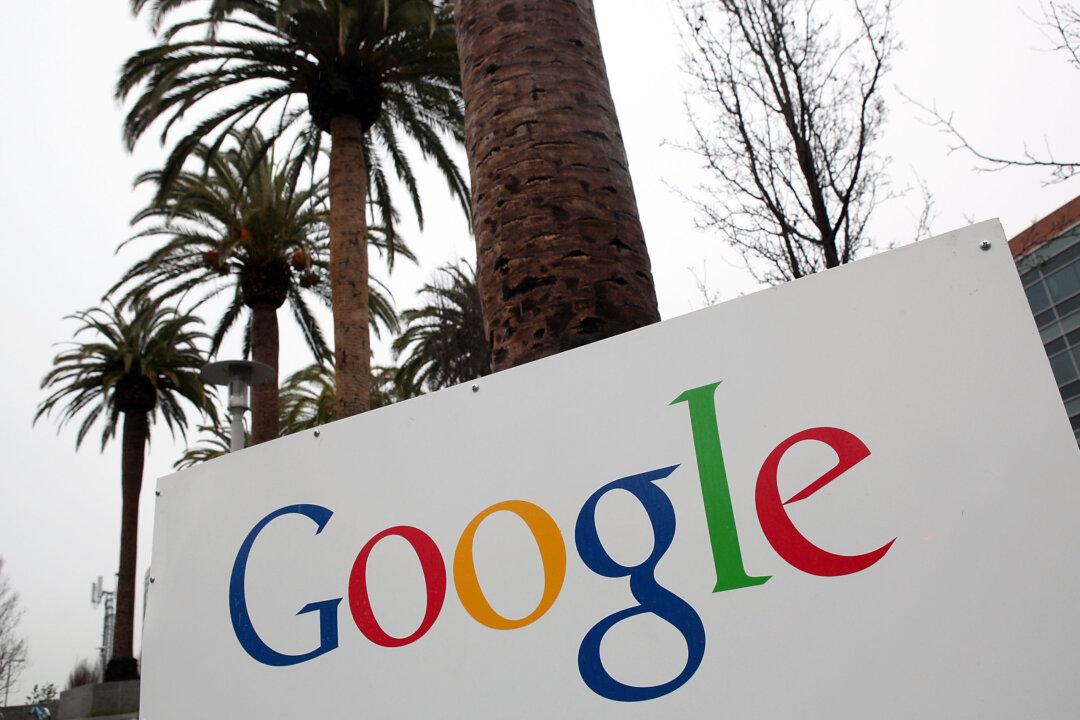Commentary
California receives about half of its personal income tax revenue from people who sell assets and pay the state income tax on that gain.

California receives about half of its personal income tax revenue from people who sell assets and pay the state income tax on that gain.